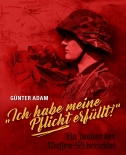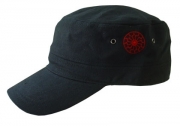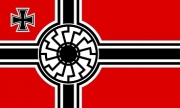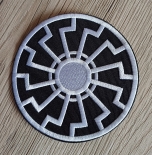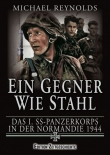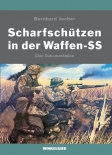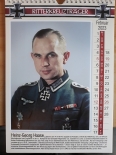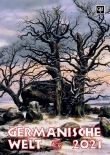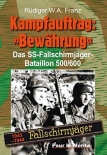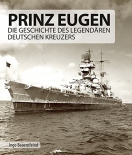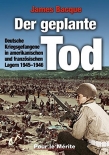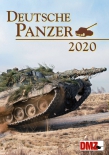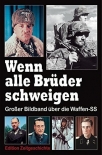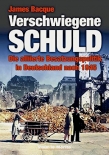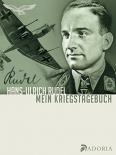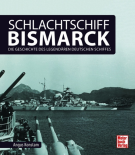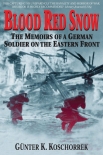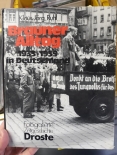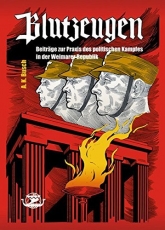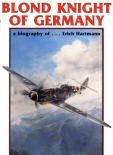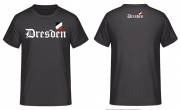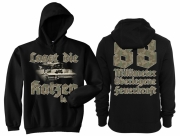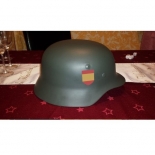- Products description
- Reviews
Busch: martyrs - contributions to the practice of political struggle in the Weimar Republic The martyrs of the National Socialist movement were honored regionally and nationally in the Third Reich as martyrs of ideological struggle. Nevertheless, only a few names and biographies of these men and women are known. Since the beginning of the war, hero worship has focused on the fallen and highly decorated Wehrmacht soldiers. Party soldiers, "shot the Red Front and reaction", stepped back, however, and were almost forgotten after 1945. Those who want to experience more than just names about those who fall in the movement usually find themselves in the void or on very limited material. Horst Wessel, Albert Leo Schlageter and Herbert Norkus are exceptions. For the first time since 1939, an author deals with the life and death circumstances of SA and SS men as well as with the twenty-one killed of the Hitler Youth until January 31, 1933. Chronologically, the richly illustrated book lists over 220 names and describes the conditions on the fringe of a civil war. Furthermore, a spatial assignment allows each reader not only to recognize at first glance the focal points of the dispute, but also to locate the regional champions of the Nazi movement. In addition to the present publications until 1945 Andree-Klaus Busch has evaluated court files, police and press reports as well as talks with relatives. The book does not want to be a criminal-scientific review or to shed light on minute legal details. On the contrary, the author presents value-free civil war-like conditions between the year 1923 with the first dead and the political murder victims in Berlin and Lübeck on the night of the National Socialist seizure of power on January 30, 1933 on the basis of individual fates. The texts reveal the still palpable biographical data of the martyrs and move the dead from the darkness of oblivion through numerous rare and partly unpublished images of the "Kampfzeit".
The book "martyrs - contributions to the practice of political struggle in the Weimar Republic" appears as valuable to the person interested in recent history as to the regional historian. Partially the author shows the crime scenes up to street and house number. It also allows the uniformist to assign numerous honorary names of SA and SS units. -616 p., With numbered black and white, photographs, press and document facsimiles
-Print: continuous on 130 g / qm art paper
- Processing: Thread stitching, black linen cover, silver embossing on title and spine, dust jacket
-Large size: 210 x 297mm (4 °)
-Weight: 2.9kg
Herstellerangaben:
Christian SempertCarl-Struck-Str. 15
17192 Waren Müritz
Telefon: 03991/7780647
E-Mail: info@wehrmacht1945.de
Internet: https://www.wehrmacht1945.de

